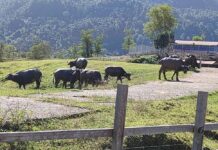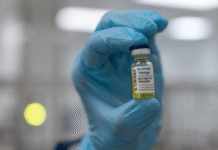FOR the first time, scientists at Washington State University captured tiny creatures that can “eat” pollution and generate electricity in the process. The team, led Abdelrhman Mohamed trekked into the depths of Yellowstone National Park to extract these bacteria, which are adapted to living in geysers and hot springs that can reach over 90 C.
They carefully left a few electrodes inserted into the edge of the water, hoping to coax little‑known creatures out of hiding — bacteria that can eat and breathe electricity.
The so-called “electrogenic” microbes were targeted due to their ability to produce power, which experts hope could be harnessed in the future to drive devices. After 32 days, the team returned to the hot springs to collect the submerged electrodes.
Working under the supervision of Haluk Beyenal, Paul Hohenschuh Distinguished Professor in the Gene and Linda Voiland School of Chemical Engineering and Bioengineering, Mohamed and postdoctoral researcher Phuc Ha analysed the electrodes.
Voila! They had succeeded in capturing their prey — heat‑loving bacteria that “breathe” electricity through the solid carbon surface of the electrodes. The WSU team, in collaboration with colleagues from Montana State University, published their research detailing the multiple bacterial communities they found in the Journal of Power Sources.
















